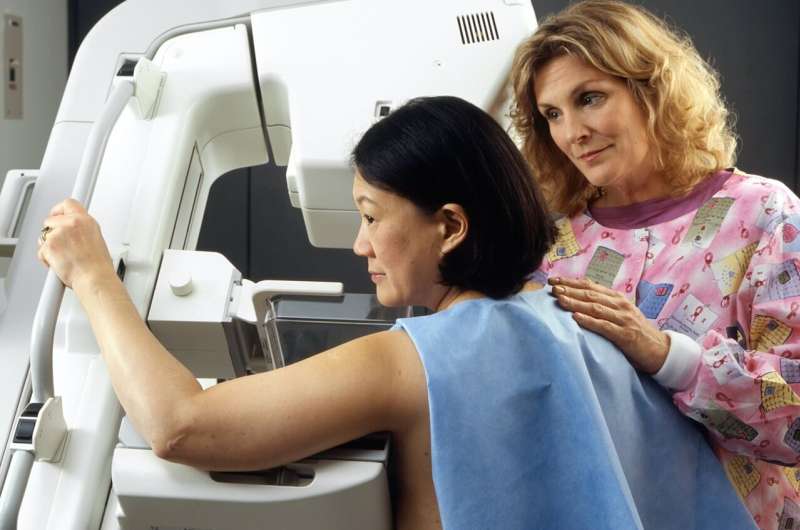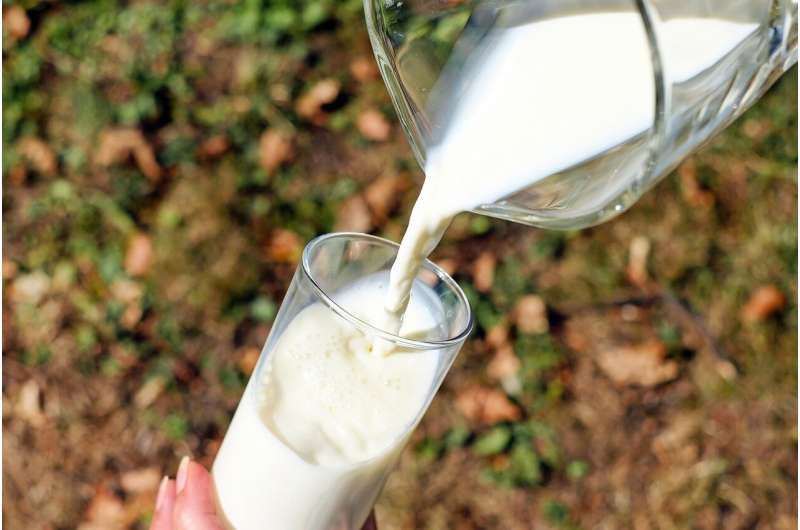Understanding How Breast Tissue Density Influences Breast Cancer Risk

Breast tissue density significantly impacts breast cancer risk and detection. Women with dense breasts face higher risks and challenges in early diagnosis, emphasizing the importance of awareness and personalized screening.
Breast tissue density is a crucial yet often overlooked factor in assessing breast cancer risk and guiding screening practices. It refers to the proportion of glandular and connective tissue relative to fatty tissue in the breast, which can be observed during mammography. Women with dense breasts have a higher amount of glandular and fibrous tissue and less fat, making it more challenging to detect abnormalities through standard imaging.
On mammograms, both dense tissue and malignant tumors appear white, creating a masking effect that can hide cancers and delay diagnosis. Consequently, women with dense breasts face not only an increased chance of developing breast cancer but also a higher likelihood of having the disease go undetected until it advances.
Research confirms a strong link between breast density and cancer risk. For instance, a large-scale study involving over 33,000 women found that those with dense breasts were nearly twice as likely to develop breast cancer compared to women with less dense tissue. This increased risk is observed in both younger pre-menopausal women and older post-menopausal women, although higher breast density tends to decline with age.
In practical terms, women with the lowest breast density have about a 6% lifetime risk of developing breast cancer after age 50, whereas those with the highest density face around a 15% risk. Additionally, mammography's sensitivity diminishes significantly in women with dense breasts, detecting fewer cancers compared to women with fatty breasts. This can lead to 'interval cancers,' which appear between scheduled screenings and are often diagnosed at more advanced stages.
To counteract these limitations, supplemental screening methods like MRI are increasingly recommended for women with dense breasts, aiding in earlier detection of cancers that mammograms may miss. Furthermore, awareness about breast density is growing, with regulatory measures in countries like the US requiring women to be informed if they have dense tissue, enabling informed discussions with healthcare providers.
While breast density is a significant risk factor, it is just one part of a complex picture involving family history, lifestyle factors, hormonal influences, and genetics. Changes in age, body mass index, and hormone therapy can influence breast density over time. Despite the increased risk associated with dense breasts, the majority of women with high-density tissue will not develop cancer.
Women are encouraged to discuss breast density and screening options with their doctors, and ongoing research continues to explore new strategies to address this risk factor. Awareness and personalized screening approaches hold the promise of earlier detection, better outcomes, and more informed healthcare decisions.
Source: https://medicalxpress.com/news/2025-05-breast-tissue-density-affects-cancer.html
Stay Updated with Mia's Feed
Get the latest health & wellness insights delivered straight to your inbox.
Related Articles
Impact of the Great Irish Famine on Human Height Explored by New Research
New research explores how the Great Irish Famine affected human height, revealing insights into survival and health long-term effects of humanitarian disasters.
Study Finds GLP-1 Receptor Agonists Enhance Glycemic Control and Promote Weight Loss in Children with Type 2 Diabetes
A new study in JAMA Pediatrics reports that GLP-1 receptor agonists significantly improve blood sugar control and promote weight loss in children with type 2 diabetes, with manageable side effects.
Innovative Smoking Cessation App with Real-Time Support Significantly Boosts Quitting Success in Clinical Trial
A new clinical trial reveals that a real-time, tailored smoking cessation app nearly doubles quit rates among low-income smokers, providing a promising tool for public health intervention.



